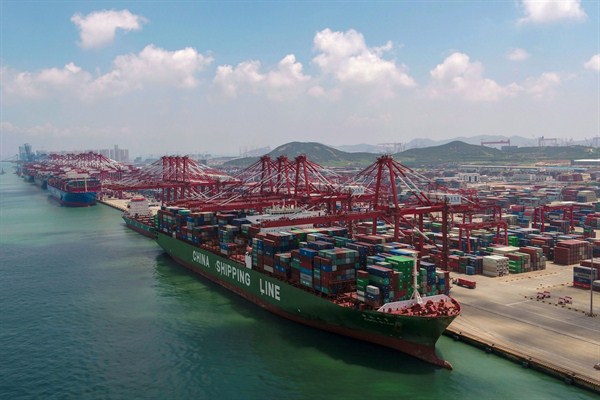It didn’t take long for the U.S.-China trade war to get worse. Even though negotiators have agreed to meet in Washington next month, they are unlikely to see a breakthrough. If things continue on their current course, they will keep getting worse from now until the end of the year, when there will be tariffs of 15 to 30 percent on almost everything the United States imports from China. In part because of the trade war, Chinese economic growth is now expected to fall below 6 percent later this year. Slowing global trade is also hitting the export-driven German economy, which may be slipping into a recession—perhaps to be followed by other parts of Europe and the United Kingdom with the chaos of Brexit.
Despite what President Donald Trump seems to believe, the U.S. economy is not immune to what happens in the rest of the world. And his protectionist trade policies are making things worse, both abroad and in the United States. The latest round of tit-for-tat tariffs came after Trump announced at the end of July that he would impose additional 10 percent tariffs on Sept. 1 on most of the $300 billion in Chinese exports that had previously been spared. The administration subsequently announced that tariffs on around $160 billion in imports of toys, smartphones and other electronics would be delayed to Dec. 15, the first time that Trump has conceded that the tariffs are hurting American consumers, not just Chinese producers.
A couple of weeks later, China retaliated, announcing new tariffs of 5 to 10 percent on $75 billion in U.S. exports. While the Chinese reaction was wholly predictable, Trump responded with outrage and another round of escalation. He tweeted that the 10 percent tariffs on $110 billion in Chinese exports scheduled for Sept. 1 would in fact rise to 15 percent, as would the tariffs planned for December. The 25 percent tariffs on $250 billion in mostly industrial goods imports from China will also rise by 5 percentage points on Oct. 1.

